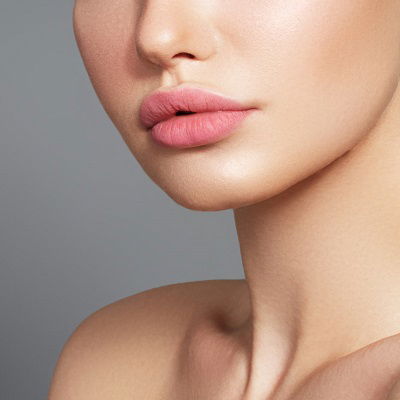The Science Behind Russian Lip Fillers: What You Need to Know
Introduction
In recent years, the quest for fuller, more aesthetically pleasing lips has seen a dramatic rise in popularity, leading to innovative techniques in cosmetic enhancement. Among these, the Russian lip filler technique has garnered significant attention for its unique approach to achieving natural-looking volume and shape. This article delves into the science behind Russian Lip Fillers, exploring the materials used, the technique's distinctive methodology, and the physiological responses involved, while also addressing common concerns and considerations for those contemplating the procedure.

Understanding Lip Fillers
What Are Lip Fillers?
Lip fillers are injectable substances designed to enhance the volume, contour, and overall appearance of the lips. The most common materials used in lip fillers are hyaluronic acid (HA) fillers, which are biocompatible and naturally found in the body. Hyaluronic acid has the unique ability to attract and retain moisture, making it an ideal choice for providing hydration and fullness.
Types of Lip Fillers
While various types of fillers exist, they can generally be categorized based on their composition and viscosity. Hyaluronic acid fillers are the most popular due to their safety profile, immediate results, and ability to be dissolved if necessary. Other fillers may include collagen-based products or synthetic substances, but these are less commonly used in modern practices due to potential complications and longevity concerns.
The Russian Lip Filler Technique
Overview of the Technique
The Russian lip filler technique is characterized by its emphasis on enhancing the lip's projection while maintaining a natural appearance. Developed in Russia, this method has become a favorite among practitioners for its ability to create a subtle yet impactful change in lip aesthetics. Unlike traditional filler techniques that focus on volume, the Russian method aims to achieve a well-defined, heart-shaped contour by targeting the vermilion border and the central area of the lips.
Methodology
- Assessment and Planning: A thorough consultation is essential to understand the patient’s desired outcomes. The practitioner assesses the facial features, lip structure, and skin type to tailor the treatment accordingly.
- Injection Technique: The Russian lip technique employs a specialized approach called the "tenting technique." This involves injecting the filler in small, controlled doses into specific areas of the lip, particularly at the borders and the cupid's bow. The tenting technique allows for a more voluminous appearance while avoiding the "overfilled" look often associated with traditional filler methods.
- Volume and Shape: By focusing on the central lip area and the upper lip's philtrum, the practitioner can create an illusion of lift and volume. The result is fuller lips with a pronounced shape, enhancing the overall facial aesthetics without compromising natural beauty.
The Role of Hyaluronic Acid
The choice of hyaluronic acid as the primary filler material is rooted in its unique properties. HA fillers not only provide immediate volume but also stimulate the body’s natural collagen production over time. This dual effect enhances the lips’ appearance both in the short term and long term. Furthermore, the body gradually metabolizes hyaluronic acid, leading to a more natural transition as the filler diminishes, allowing for adjustments in future treatments.
The Science of Lip Augmentation
Physiological Responses
When lip fillers are injected, the body responds in several ways. Initially, there may be localized swelling and inflammation as the filler integrates into the lip tissue. The body recognizes the injected material as a foreign substance, prompting a mild immune response. This response is typically temporary and subsides within a few days, allowing the true results to emerge.
Longevity of Results
The effects of lip fillers can last anywhere from six months to a year, depending on several factors, including the type of filler used, the individual's metabolism, and the skill of the practitioner. Hyaluronic acid fillers are gradually absorbed by the body, which necessitates follow-up treatments to maintain the desired volume and shape.
Considerations and Potential Risks
Safety and Efficacy
While the Russian lip filler technique is generally considered safe, potential risks include bruising, swelling, or asymmetry. Choosing a qualified practitioner with experience in this technique is crucial to minimize complications and achieve optimal results. Patients should also disclose any medical history or allergies that may affect the procedure.
Post-Treatment Care
After receiving lip fillers, it is essential to follow post-treatment care instructions. This may include avoiding strenuous exercise, refraining from applying pressure to the lips, and staying hydrated. Proper care helps reduce the risk of complications and ensures the best possible outcome.
Conclusion
The Russian lip filler technique represents an innovative approach to lip augmentation, blending science and artistry to achieve natural-looking results. By understanding the principles behind this technique, including the use of hyaluronic acid and the emphasis on shape over mere volume, individuals can make informed decisions about enhancing their lips. As with any cosmetic procedure, thorough research and consultation with a qualified practitioner are vital steps toward achieving the desired aesthetic goals while ensuring safety and satisfaction.
